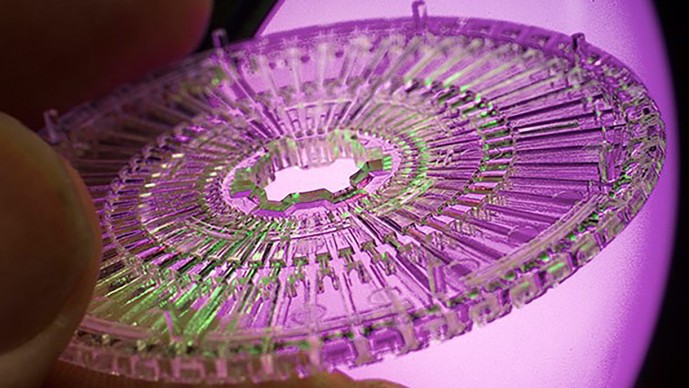Develop the Next Generation of Condom (Round 11)

Opportunity:
Male condoms are cheap, easy to manufacture, easy to distribute, and available globally, including in resource poor settings, through numerous well developed distribution channels. The current rate of global production is 15 billion units/year with an estimated 750 million users and a steadily growing market. Condoms have almost universal product recognition. There are few places on earth where condoms are not recognized or not available. When used properly, they reliably protect females from pregnancy and both partners from numerous STIs, including HIV transmission, making them a prime example of a multi-purpose prevention technology (MPT). Their use does not require a prescription, a skilled health provider or in fact any healthcare provider or healthcare delivery system. There are no adverse events associated with their use, a statement that cannot be made for any other contraceptive or STI-preventive product. They are user controlled, user applied devices that are simple to use and easily transported. These characteristics make male condoms the perfect MPT product, especially for low resource settings.
The one major drawback to more universal use of male condoms is the lack of perceived incentive for consistent use. The primary drawback from the male perspective is that condoms decrease pleasure as compared to no condom, creating a trade-off that many men find unacceptable, particularly given that the decisions about use must be made just prior to intercourse. Is it possible to develop a product without this stigma, or better, one that is felt to enhance pleasure? If so, would such a product lead to substantial benefits for global health, both in terms of reducing the incidence of unplanned pregnancies and in prevention of infection with HIV or other STIs?
Likewise, female condoms can be an effective method for prevention of unplanned pregnancy or HIV infection, but suffer from some of the same liabilities as male condoms, require proper insertion training and are substantially more expensive than their male counterparts. While negotiating use of female condoms may be easier than male condoms, this need for negotiation precisely illustrates the barrier preventing greater use that we seek to address through this call.
The Challenge:
Condoms have been in use for about 400 years yet they have undergone very little technological improvement in the past 50 years. The primary improvement has been the use of latex as the primary material and quality control measures which allow for quality testing of each individual condom. Material science and our understanding of neurobiology has undergone revolutionary transformation in the last decade yet that knowledge has not been applied to improve the product attributes of one of the most ubiquitous and potentially underutilized products on earth. New concept designs with new materials can be prototyped and tested quickly. Large-scale human clinical trials are not required. Manufacturing capacity, marketing, and distribution channels are already in place.
We are looking for a Next Generation Condom that significantly preserves or enhances pleasure, in order to improve uptake and regular use. Additional concepts that might increase uptake include attributes that increase ease-of-use for male and female condoms, for example better packaging or designs that are easier to properly apply. In addition, attributes that address and overcome cultural barriers are also desired. Proposals must (i) have a testable hypothesis, (ii) include an associated plan for how the idea would be tested or validated, and (iii) yield interpretable and unambiguous data in Phase I, in order to be considered for Phase II funding.
A few examples of work that would be considered for funding:
- Application of safe new materials that may preserve or enhance sensation;
- Development and testing of new condom shapes/designs that may provide an improved user experience;
- Application of knowledge from other fields (e.g. neurobiology, vascular biology) to new strategies for improving condom desirability.
We will not consider funding for:
- Exclusively non-technological, social, or educational interventions;
- Testing of existing commercially available products;
- Proposals without a clearly articulated hypothesis or plan for testing the proposed product’s value in overcoming adherence issues;
- Concepts that are inherently too expensive for a developing world setting;
- Concepts that would sacrifice the value of condoms for prevention of either unplanned pregnancy or HIV infection.